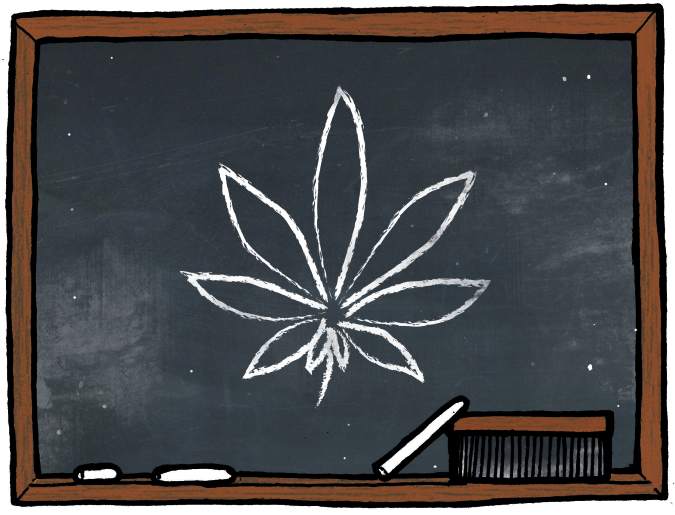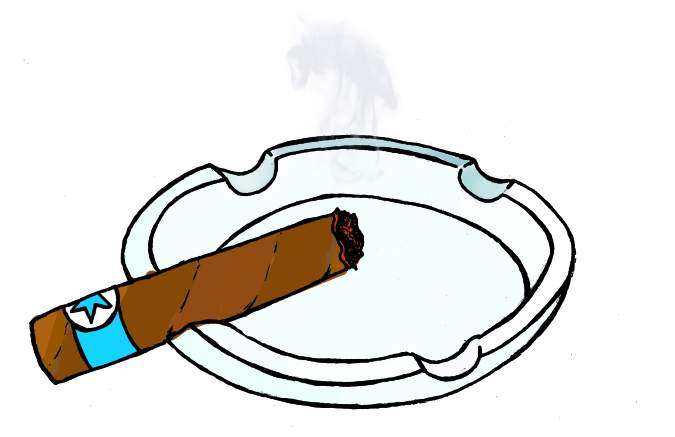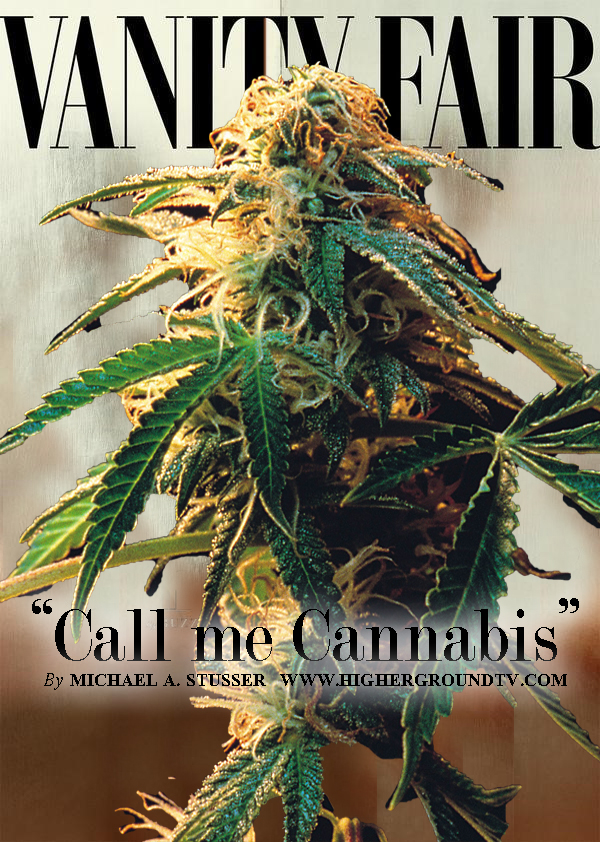The Kids Hate the Weed!
Both use and approval are down.
Houston, we have a problem (with marijuana). No, it’s not that youngsters are getting stoned on the wacky weed and crashing cars or dropping out of school. It’s that they’re starting to dislike the stuff.
A report released last week in The American Journal of Drug and Alcohol Abuse shows that not only has cannabis use decreased among teens, but disapproval of marijuana is up. (They could have said that approval was down, but the media is so opposed to putting a positive spin on drug use, even academic news is twisted.) Taking data from the National Survey on Drug Use and Health, the survey is stunning for both its duration, from 2002 to 2013, and breadth, with 500,000 kids across the nation polled. Responses were aggregated from 105,903 younger adolescents (ages 12–14); 110,949 older adolescents (15–17); and 221,976 young adults (18–25).
“The proportion of adolescents aged 12–14 reporting ‘strong disapproval’ of marijuana use initiation increased significantly from 74.4–78.9%,” the report states. “Concurrently, a significant decrease in past 12-month marijuana use . . . was observed among younger adolescents.” Not only did the percentage of kids 12–14 who smoked pot go down (from 6 percent in 2002 to 4.5 percent in 2013), but the 15- to 17-year-olds who in my day were out behind the boiler room getting baked between classes also dropped significantly, from 26 percent in 2002 to 22 percent in 2013.
“With decriminalization, medicalization, and in some places recreational use, and adults no longer viewing marijuana use as an immoral act, we were concerned how it would affect teen use and attitudes,” noted one of the report’s authors, professor Christopher Salas-Wright from the University of Texas at Austin (figures). “But, especially at the middle-school age, youth became more disapproving, not more permissive. And certainly this data tells us we don’t see a dramatic spike at the national level in terms of marijuana use.”
The stats from the National Survey on Drug Use and Health looked at teen use and opinions all across the country. But what about specifically in the states where weed is legal? Surely there, kids love the ganja and use more of it! In fact, no. A study published last month in The Lancet Psychiatry (great centerfold, by the way) tells the same tale. Researchers looked at data from over a million teens in the 23 states that have had medical-marijuana laws on the books from 1991 to 2014, and once again the teenyboppers were nonplussed: “Our findings provide the strongest evidence to date that marijuana use by teenagers does not increase after a state legalizes medical marijuana,“ stated the study’s author, Deborah Hasin, a professor at Columbia University Medical Center.
Now clearly I have no interest in youngsters using marijuana. It’s not great for the developing brain and, like booze, should probably be delayed until at least 21. (Come to think of it, so should cell-phone use and driving!) But given my desire to see cannabis legalized federally, we’re eventually going to need these young people to vote for initiative measures when they arise in new states. Luckily, as teen rates have gone down, adult usage has increased: The number of grown-up cannabis users rose from 26 million in 2003 to 33 million in 2013—a whopping 37 percent. (High five?)
As for kids, decreasing interest in weed is probably one of those deals where what’s cool one day is uncool the next. Facebook was once the rage, and before you can say SnapChat, it’s for parents and Grandma. Same could be true with ganja: “We know American adults are starting to view this as a non-moral issue. We’ve seen the country’s adults changing, and we’re trying to get at what young people think and do,” said Salas-Wright. While states like Washington and Colorado have legalized weed, he noted, these laws “have not resulted in more use or greater approval of marijuana use among younger adolescents.”
The pendulum will swing back and forth, and hopefully smart measures will be put in place along the way to legalize, tax, and regulate marijuana for adult use across the land. It is kind of funny, though: Turns out it’s not Reefer Madness and anti-drug campaigns that are turning kids off to cannabis—it’s legalization.











